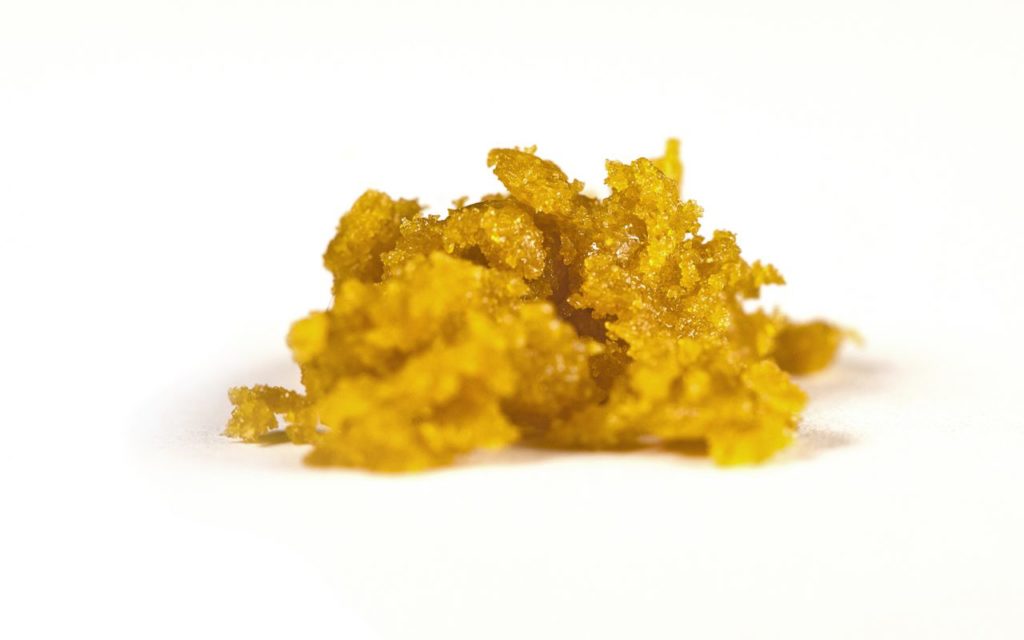It’s no secret that cannabis is thought to be an incredibly potent and versatile medicine by millions of people around the world. However, most of the research and documentation has been focused on experiences with two parts of the plant: the flowers and, to a lesser extent, the leaves. But a resurgence of interest in the medicinal uses for the roots of cannabis are reopening a whole arena of research that started almost 5,000 years ago.
The first documentation of anyone using cannabis as a medicine was around 2700 BCE in China. I emphasis that word because we know that humans have been cultivating and harvesting hemp as a crop for at least 10,000 years. Perhaps everyone was too blissed out to jot down that it also helped with headaches and cramps. Over the ensuing millennia, it has showed up as a plant healer in India, Greece and eventually America, used to treat everything from broken bones to nausea to skin issues to complications during childbirth.
People have used the root both internally and externally in every preparation imaginable—juiced, dried, baked and raw, among others. In ancient China, the entire plant was used, but special attention was paid to the root, which was dried, ground into a powder, then made into a paste with the juice from the fresh plant. Today’s methods of preparation are surprisingly similar. The root is usually dried and powdered, then added to balms and creams or foods or sold in capsules—or even in bulk. Alternatively, the root may go through the extraction process to produce oils that are used in similar forms.
But there are plenty of other powerful elements hidden in this portion of the plant. Alkaloids found in hemp root could also address issues around menopause, bronchial issues, detoxification of the body and type 2 diabetes. Hemp root also contains really high levels of CBD, a cannabinoid that more and more people are becoming familiar with as the new star in the world of pot-as-medicine.
The potentials shown in this part of the plant are really exciting, and our understanding of it will only grow. As of March 2016, there were approximately 138,000 registered medical marijuana patients in Washington State. Multiply that by six, the average number of plants a patient can grow, and you end up with almost a million plants. That’s a lot of root. As research opens up, I hope science pays attention to the anecdotal evidence from the many medicinal growers who have been safely working with this amazing plant helper that’s been hiding under our feet this whole time.
credit:420intel.com








